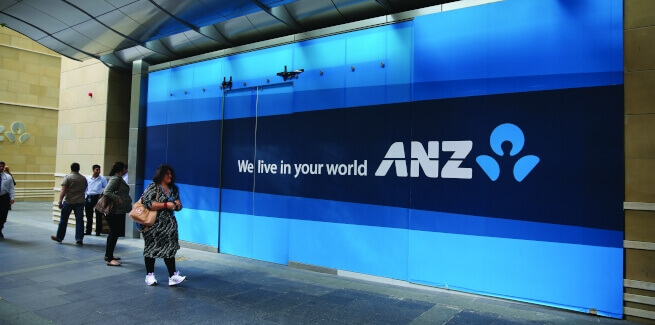Announcing the move to mortgage brokers, ANZ said it was lowering its debt-to-income ratio to 7.5 times, from nine times.
“Given the changing interest rate environment, we recently notified brokers and bankers that from 6 June we will only accept home loan applications where the debt-to-income ratio is less than 7.5,” an ANZ spokesperson said.
“ANZ regularly reviews lending appetite and policies as the economic environment changes to ensure we are continuing to lend prudently to our customers.”
It follows a similar move from National Australia Bank, which cut its debt-to-income ratio limit from nine times to eight times.
As the period of ultra-cheap debt comes and booming house prices come to an end, the major banks are seeking to cut their exposure to higher-risk lending and meeting regulatory obligations.
The DTI ratio is used to determine a customer’s ability to repay their home loan, based on their income, the lower threshold enables the lenders to protect customers by ensuring their lending request is suitable for their income level.
As growth in higher-risk lending escalated during the pandemic and the Australian Prudential Regulation Authority regarding DTI ratios of six times and over as “high”, the Council of Financial Regulations had urged banks to maintain sound lending standards.
In particular, recent data from APRA showed that during the three months to December, new residential mortgages with a debt-to-income ratio of six times or more were 24.4 per cent of the total combined books, slightly more than the 23.8 per cent in the September quarter.
The high-risk lending environment resulted in APRA intervening and introducing a higher loan serviceability buffer rate, which came into force from November.
The buffer rate forced banks to consider borrowers’ ability to meet an interest rate 3 percentage points above the product rate – compared to the previous 2.5 percentage points.
CBA and Westpac both have a maximum DTI ratio of nine times, but with surging inflation and market economists predicting interest rates to reach 2.6 per cent at a faster pace, this could signal a similar move from the other major banks.
[Related: Watchdogs cast eye on risky lending uptick]
 ;
;
